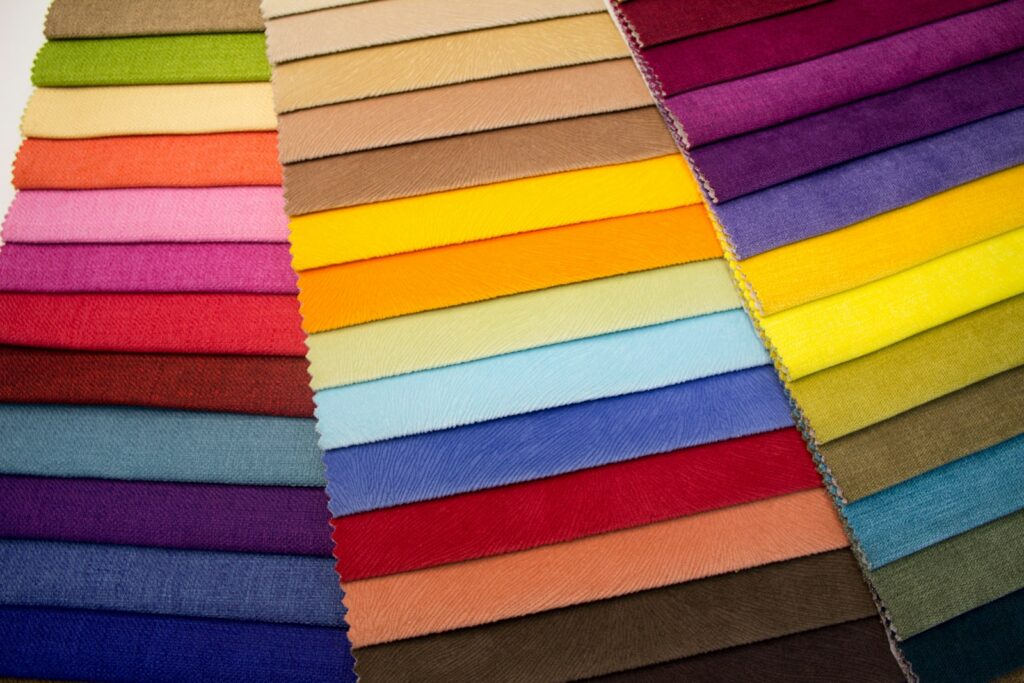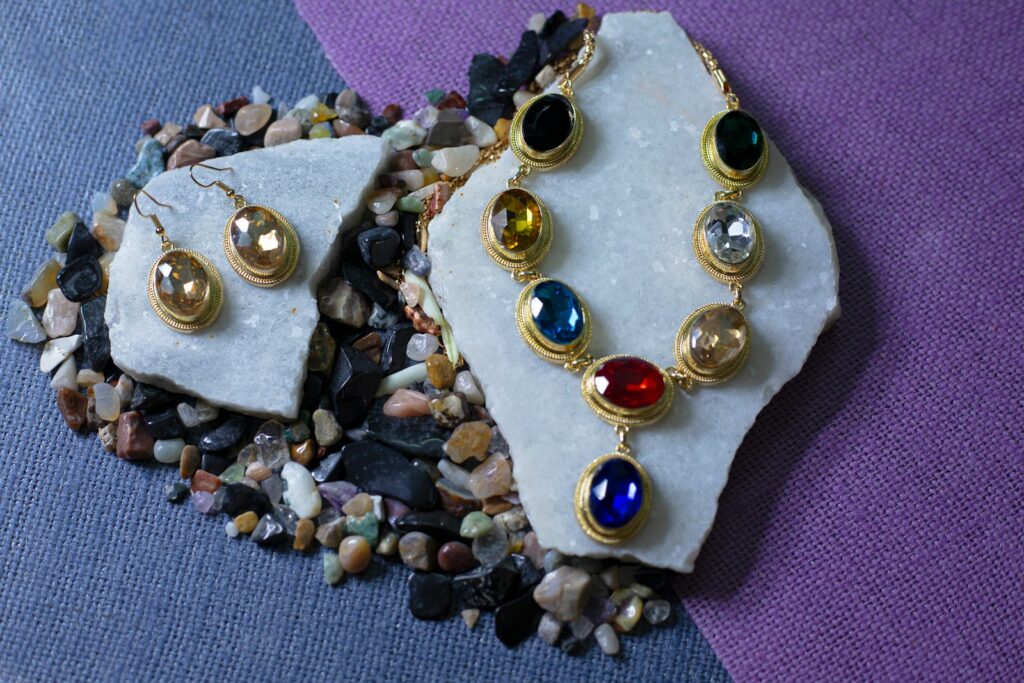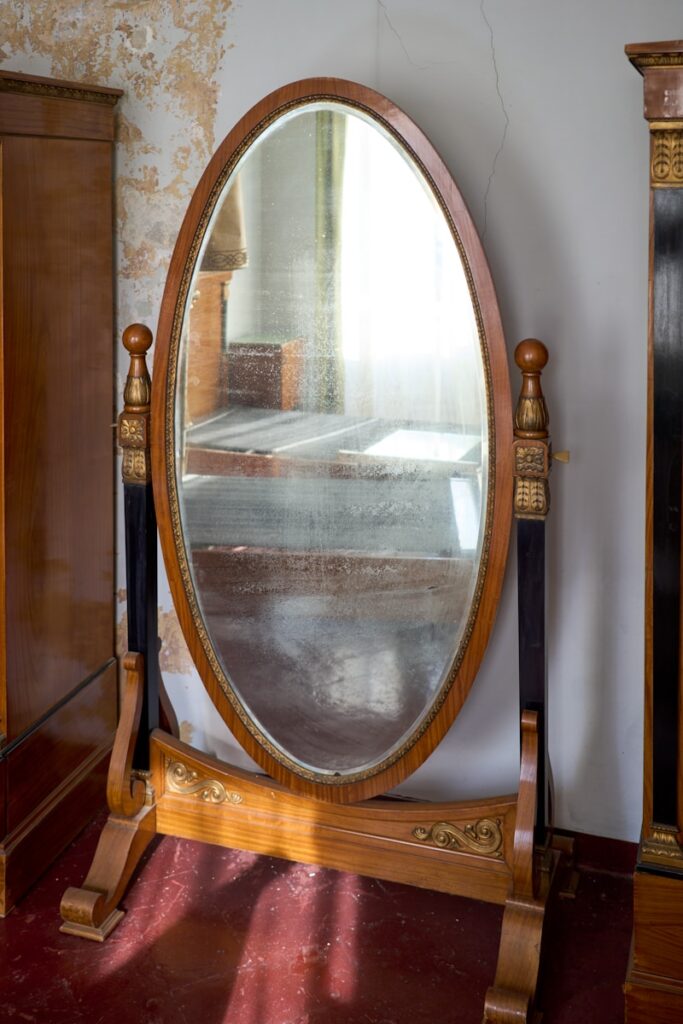Hydrogen peroxide has earned a spot in many households because of its versatility and affordability. It is commonly used as a disinfectant, stain remover, and even as a natural alternative to harsh cleaning chemicals. While it can be an excellent solution in certain situations, it is not a universal cleaner. Some surfaces and materials react poorly to it, leading to damage, discoloration, or reduced durability. Understanding what not to clean with hydrogen peroxide is just as important as knowing its benefits. By being careful about where you use it, you can protect your belongings and avoid costly mistakes.
1. Natural Stone Surfaces

Granite, marble, limestone, and other natural stones may look tough, but they are surprisingly sensitive to hydrogen peroxide. The chemical’s mild acidity can erode protective sealants and etch the stone’s surface, leaving dull spots and permanent marks. Over time, repeated use can compromise the integrity of the stone and make it more vulnerable to staining. Natural stone surfaces are often expensive investments, so keeping them in good shape is essential. Instead of hydrogen peroxide, it is best to use pH-balanced stone cleaners specifically formulated for delicate materials. This ensures your countertops, tiles, and floors retain their natural shine.
2. Wooden Furniture

Wooden furniture, particularly if it is untreated or lightly finished, should never come into contact with hydrogen peroxide. Wood is porous, and when exposed to liquids, it can absorb them, leading to stains, uneven lightening, or surface damage. Even polished or sealed wood can be at risk, as hydrogen peroxide can strip away protective finishes over time. This leaves furniture looking dull or discolored, reducing both its beauty and longevity. A safer alternative is to use a gentle wood cleaner or a mild soap-and-water solution. Regular dusting and proper maintenance will help preserve the natural warmth of wood.
3. Colored Fabrics

Hydrogen peroxide is sometimes used as a whitening agent, which makes it risky for colored fabrics. It works similarly to bleach, meaning it can lift or fade pigments from dyed materials. Even a small amount can create uneven patches that ruin clothing, upholstery, or linens. The problem is that the fading is often permanent and cannot be reversed once the fabric has been exposed. Brightly colored clothes or richly dyed upholstery are especially vulnerable. To avoid this issue, stick with laundry detergents or stain removers designed for colored fabrics, which are formulated to clean without affecting vibrancy.
4. Jewelry With Delicate Stones

Jewelry is often delicate and requires careful cleaning, especially when it includes soft or porous gemstones such as pearls, opals, turquoise, or amber. Hydrogen peroxide can react with these materials, stripping their natural oils and leaving them brittle or discolored. Even the settings and adhesives used in certain pieces of jewelry may weaken when exposed to the chemical. While hydrogen peroxide might be safe for harder stones like diamonds or sapphires, it is not worth the risk for softer gems. A better approach is to clean delicate jewelry with a soft cloth, warm water, and a mild soap solution.
5. Mirrors

At first glance, mirrors may appear to be nothing more than glass, but they are backed with a reflective coating that is extremely sensitive to certain cleaners. Hydrogen peroxide can seep into the edges of a mirror and slowly deteriorate the silver backing, creating black or cloudy spots that cannot be repaired. Once the reflective layer is damaged, the only solution is to replace the mirror entirely. For cleaning mirrors, a safe alternative is a glass cleaner or a vinegar-and-water mixture applied with a microfiber cloth. This keeps the surface streak-free without damaging the reflective backing.
6. Waxed or Painted Surfaces

Using hydrogen peroxide on waxed or painted surfaces can quickly strip away protective layers, leaving the finish uneven and unattractive. On painted walls or furniture, it may cause fading or patchiness, especially on darker colors. On waxed surfaces, it can dissolve the protective barrier meant to guard against moisture and dirt, reducing the surface’s durability. These issues not only affect the appearance but also shorten the lifespan of the item. To maintain painted or waxed surfaces, opt for gentle cleaners designed for these finishes or simply use a damp microfiber cloth for routine cleaning.
Comments